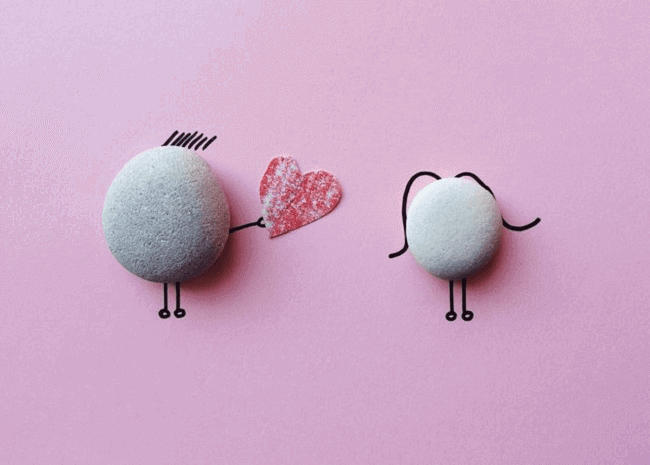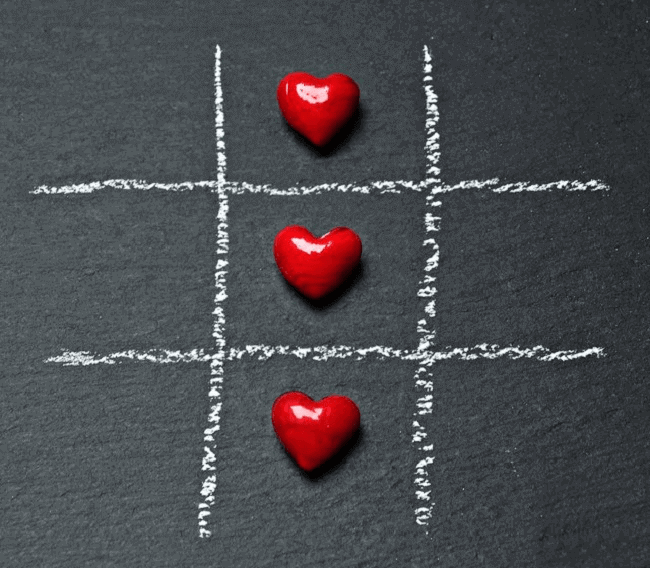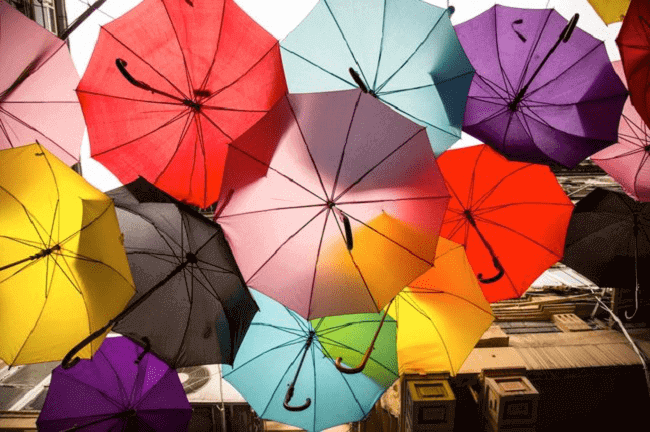Ancient Greeks identified six love styles, represented by six distinct words or concepts: agape, eros, philia, philautia, storge, and xenia. Love is something unique and different to every one of us. Countless poems, and novels have been written, songs have been sung, stories have been told, but love still looks like the biggest puzzle of them all, up to this day.
However, people felt they needed to put some order in the mess that sometimes love can be. The ancient Greeks identified six love words, a sociologist named John Alan Lee suggested three primary, three secondary, and nine tertiary love styles; so we’re closer and closer to conceptualising our relationships, bringing some peace and balance into our lives.
Relationships are complex, intricate “organisms”. They need more than love to function properly, and as imago relationship therapists, we are constantly facing emerging modern issues that threaten today’s modern couple.
The Coronavirus pandemic has been a major challenge to relationships worldwide, testing even the strongest couples. Finding new ways of dealing with your personal space, while also keeping close to your loved one without interfering with their “own thing” can be a daunting task. It has been a time to find new ways to love, returning to the basic concepts of love styles, re-learning caring behaviours, and love languages.
The six love styles as fathomed by the ancient Greeks
The ancient Greeks defined six basic love styles which, up to this day, have served to broader and more complex theories about love. So, let’s start with those!
Eros
This is the romantic experience of love, the closest to the countless poems and songs that have been told and sung. The Modern Greek word of erotas can be translated into “intimate love”. According to Plato, eros is not only a passionate feeling experienced in regards to a single person but can turn into a complex emotion of gratitude and admiration for the beauty that resides within a person. Hence the platonic kind of love, without physical attraction.
Nevertheless, eros is the love type that has served as inspiration for philosophers and lovers throughout history.

In today’s concepts of love styles, the eros type of lover will always feel the drive to strengthen their passionate love and rush it to the next level both on emotional and physical terms. This can lead to that infamous honeymoon phase which can very easily end a relationship. The eros type of lover is impetuous and needs to learn more about dialogue.
Agape
In ancient Greek, agape was the love of the Gods towards men, and vice-versa. In ancient texts, agape is the kind of love that parents feel for their children, and spouses for their partners. The Italian Dominican friar and philosopher, Thomas Aquinas, would name this type of love “to will the good of another”
According to the conceptualizations of today, individuals who love in this way tend to be more caring and giving, focused on their partner’s desires and needs. Agape is a very generous and self-sacrificing type of love. They will love you as you are, but will also expect a fair share of kindness on their part from you.

Philia
Philia is the love you feel for a friend. It is the most virtuous kind of love, as defined by Aristotle in the Nicomachean Ethics. For the ancient Greeks, philia is the brotherly love of today.
Storge
This is the love and affection of parents and children. Furthermore, it can be used to express acceptance and love for a “tyrant”, or someone’s country or favourite sports team.
In the modern relationships of today, the storgic type of lover is conceptualized as a very stable and committed one. He values fellowship, a solid closeness that builds on a psychological level, and trust. These kinds of love can grow out of closely-knit friendships and can endure for decades.
Philautia
In Greek, philautia means self-love. Later, it has been pictured as a basic human need, but with a dangerous twin side – vanity, egotism. So, for the ancient Greeks, philautia is both a positive and negative feeling. It is self-compassion and self-obsessed love.
Xenia
In Greek, xenia is a type of guest-friendship. For the ancient Greeks, it was the feeling most associated with hospitality, generosity, and the courtesy of having someone from far away coming to your house.
The rituals of giving and receiving gifts, hosting parties, and building long-term bonds with the guests and hosts were all revered in ancient Greece.
The colours of love by Lee (1973)
Romantic love has not only been sung and written about, but it has also been studied and researched. In 1973, Canadian psychologist John Alan Lee introduced us to the book Colours of Love: An Exploration of the Ways of Loving. In this book, he started with the six love styles as described by the Ancient Greeks, and placed them on what is now called the colour wheel of love.
According to Lee, there are three primary love styles, followed by three secondary ones and nine tertiary love styles.
The three primary love styles are:
- Eros (passionate love)
- Ludus (game-playing love)
- Storge (friendship love)
The three secondary love styles are:
- Pragma – the logical type of love
- Mania – the possessive, dependent type of love
- Agape – the most selfless type of them all
The nine tertiary types of love are just combinations of the previous six types mentioned above, with each combination featuring a primary and a secondary love style. Like this:
- Maniac eros
- Maniac lupus
- Maniac store
- Agapic eros
- Agapic ludus
- Agapic storge
- Pragmatic eros
- Pragmatic ludus
- Pragmatic storge
Nevertheless, Lee never gave enough information to distinguish these nine tertiary love styles.
Later on, Hendrick & Hendrick (1986), came up with a paper explaining these love styles. They compared the love styles to chemical compounds, with the secondary ones being transformations of the base primary love styles. For example, mania is a compound of eros and ludus. Agape is a combination of eros and storge.
“Empirically, measures of these six love styles should be orthogonal to each other. In sum, love styles are all equally valid ways of loving. There is no one type of love, but rather many different types” (Hendrick and Hendrick, 1986, p. 393)
Based on Lee’s love styles, Hendrick and Hendrick released a self-report questionnaire called the Love Attitudes Scale for further research or just self-assessment of everyone’s love style.
Conclusion: knowing your love styles is just the first step
As you can see, love is not only a beautiful mess. Researchers and scientists have tried to conceptualise it, find different love styles, types, or love languages that might explain why we love in such different ways.
We learn about love every day. We do it through open dialogue, listening, and understanding. Opening up can be a difficult task. This is where couples therapy comes into play. We work with loving couples who just cannot find an open kind of dialogue to express their love.

Love and caring can also be taught. Do not take it for granted and think that it should flow naturally. Sometimes, there are blockages in the communication process in relationships that prevents caring and love from falling through. Most of the time, it is up to us to teach our partners about how to love and make us feel cared for along the way. In Imago therapy, we can start with a few exercises for appreciation dialogue.
If you feel you relate to our story, want to discuss more about love styles and language, let’s chat more on Facebook or book an online couples therapy session right here.
Images: Pexels


